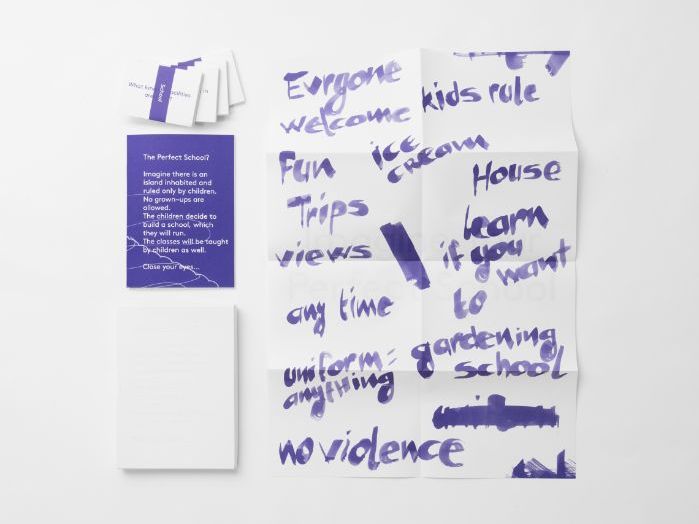Serpentine Galleries
Serpentine Education redefines the role of the arts during periods of transition and social change. We connect communities, artists and activists to generate responses to pressing social issues. The programme is guided by four questions: How can we work in solidarity with those facing struggles around racism and migration? How do we care in times of austerity? How can we survive an increasingly competitive schools system? How do we navigate an increasingly surveilled and gentrified city?










